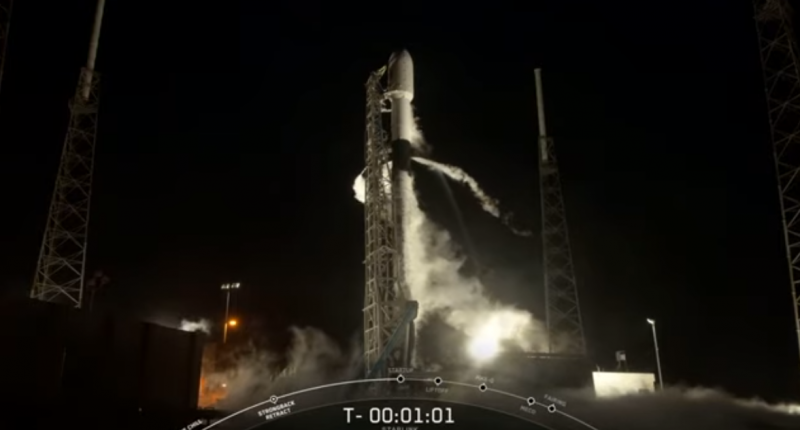SpaceX has launched yet another batch of satellites into Earth’s orbit, which will become a part of the Starlink constellation, SpaceX’s initiative for providing cheap, high speed internet to all. The aim of the Starlink constellation is to provide this high quality internet to markets that have been struggling to catch up with the Internet revolution, and bring them up to pace. This marks the 10th mission from the company in this year.
The launch comes just 10 days after the previous launch, which was conducted at Cape Canaveral Air Force Station in Florida as well. With just 9 days, 7 hours and 56 minutes to get the pad ready for a re launch, this is a personal record for SpaceX for the fastest pad turnaround. It also goes on to show the tremendous progress SpaceX continues to make, in make space launches affordable and extremely rapid.
The satellites were taken to space aboard the very popular Falcon 9, the company’s crow jewel. The craft, which stands at 70 m tall, completed its third flight today, previously being used for its cargo Dragon missions.
The company had already sent a whopping 480 satellites to space, and with the additional 58 satellites adding to that number, Starlink now boasts numbers way above the 500 mark.
This mission also marks the first “smallsat rideshare mission” on a Starlink launch. A customer of the company, “Planet” used SpaceX’s facilities to send 3 of its own high resolution satellites on this mission. Planet operates the largest constellation of Earth observation satellites. The company already has 15 of these satellites in the orbit, and with 3 more satellites, that will be deployed on a seperate Starlink mission, Planet will complete its fleet of 21 Skysats.
This is the reason that instead of the normal 60 satellites, SpaceX sent only 58 to get to the lower Earth orbit this time around. Planet’s skysats were deployed in 3 sequential maneuvers which begun 12 minutes after liftoff, while Starlink satellites deployed 14 minutes after that, or 26 minutes after liftoff.
Unfortunately, since the company did not have ground station coverage today, we were not able to “see” the Starlink satellites deploy. However, the the webcast was not stopped until the confirmation of a successful mission was achieved, after the reconnection of the satellites.
The third and final Starlink mission of the month will take place on June 22. The service is supposed to start by the end of the year.
The Tech Portal is published by Blue Box Media Private Limited. Our investors have no influence over our reporting. Read our full Ownership and Funding Disclosure →






